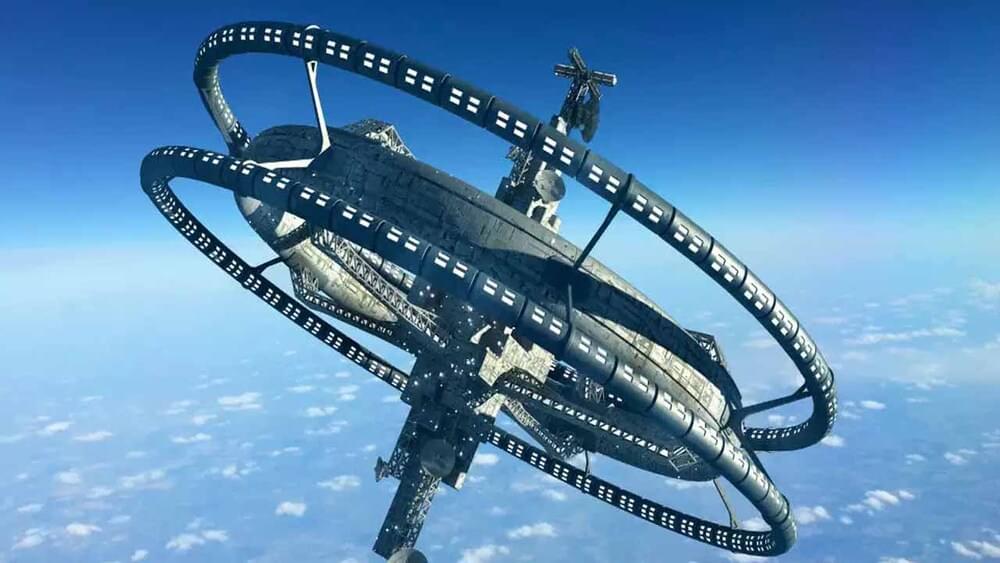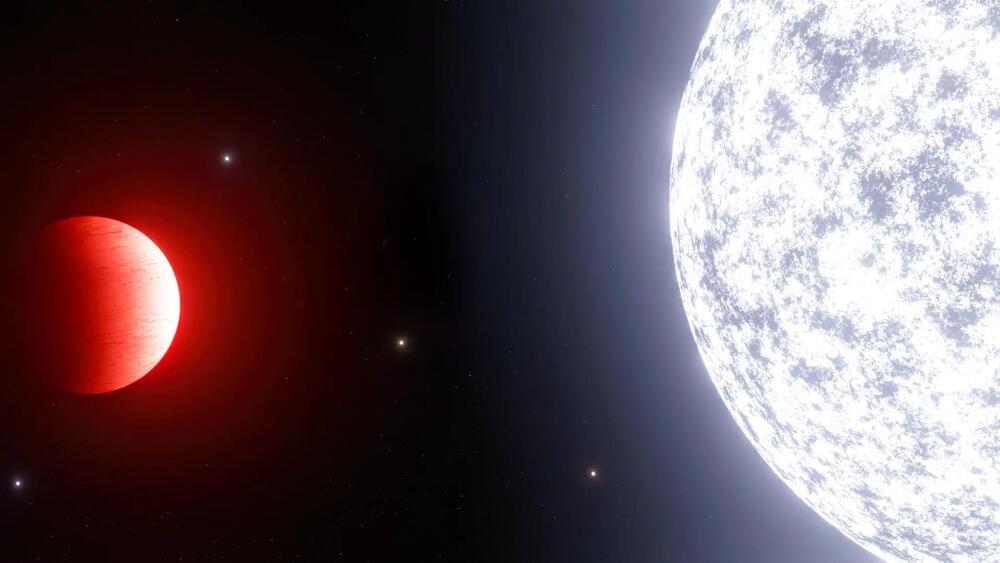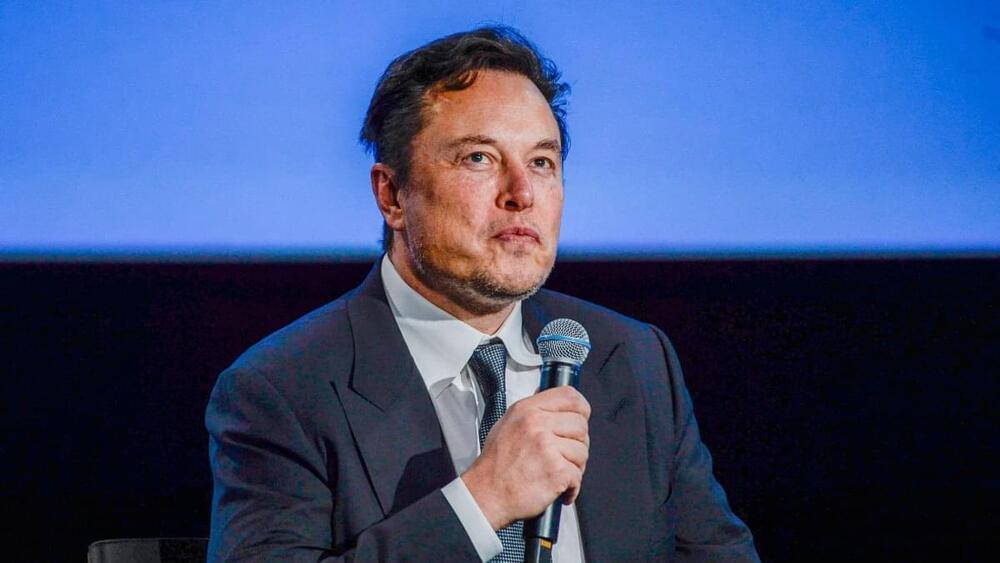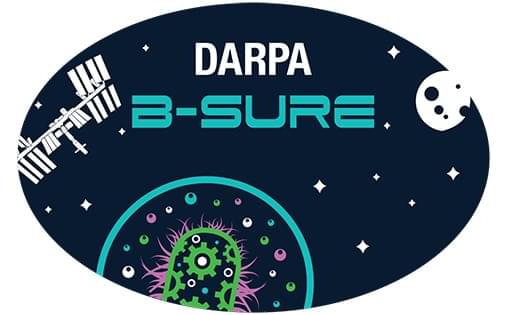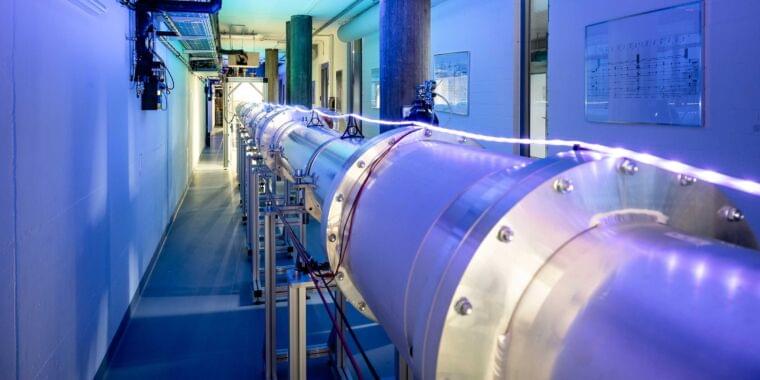Orbital Assembly Corporation, a California-based company, has announced plans to build the world’s first-ever space hotel with artificial gravity. The hotel, called Voyager Station, is set to be completed by 2025 and will offer guests an out-of-this-world experience like never before.
The Voyager Station will be assembled in low Earth orbit and will be able to accommodate up to 280 guests and 112 crew members at a time. The hotel will feature restaurants, bars, a gym, and other recreational facilities, all of which will be designed to offer an experience similar to that of a luxury cruise ship.
One of the most unique features of the hotel is its artificial gravity system, which will use centrifugal force to simulate the feeling of gravity. This will allow guests to move around the hotel as they would on Earth, which will make their stay much more comfortable and enjoyable.
